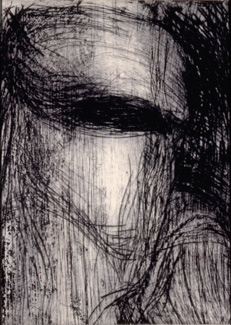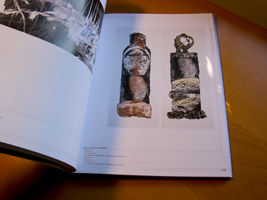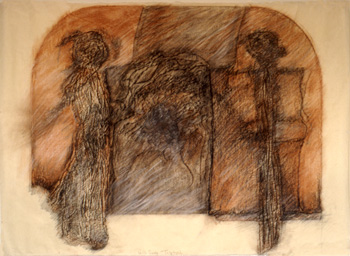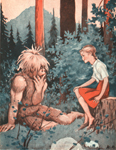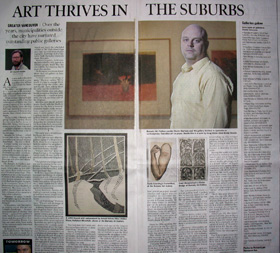Chinese woodcuts
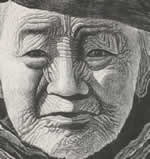
Mother by Xiang Silou
Chinese Printmaking Today – Woodblock Printing in China 1980 – 2000
Woodblock printing has a long and distinguished history in China, where printing was invented about 1500 years ago. This exhibition shows how contemporary artists have engaged with a traditional art form to produce exciting and beautiful subject matter.
On at the British Library, London, England
If, like me, you can’t go to London, take this short tour of the exhibition.
(thanks to Plep)
